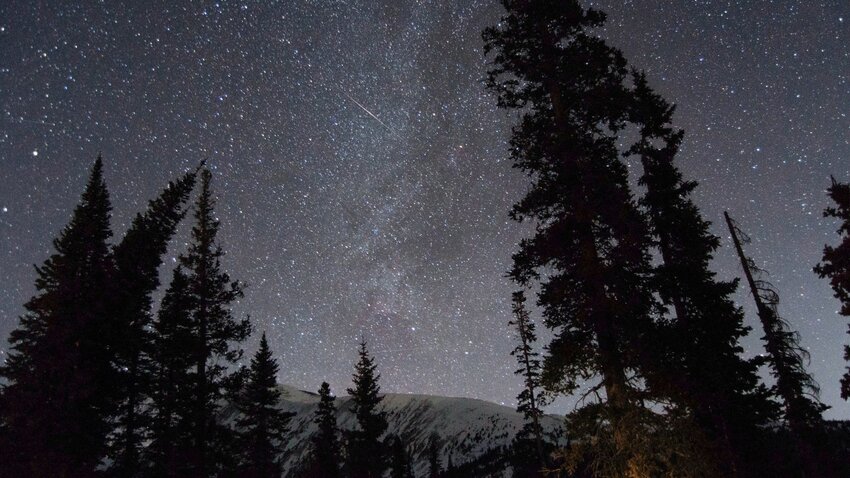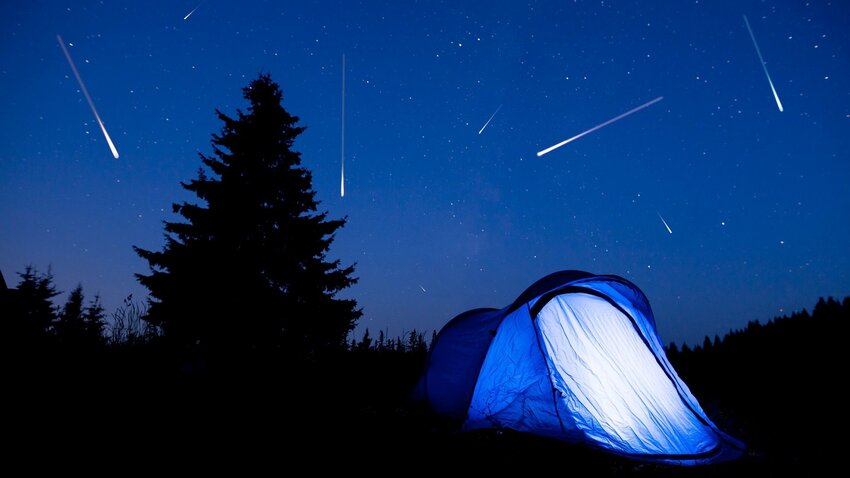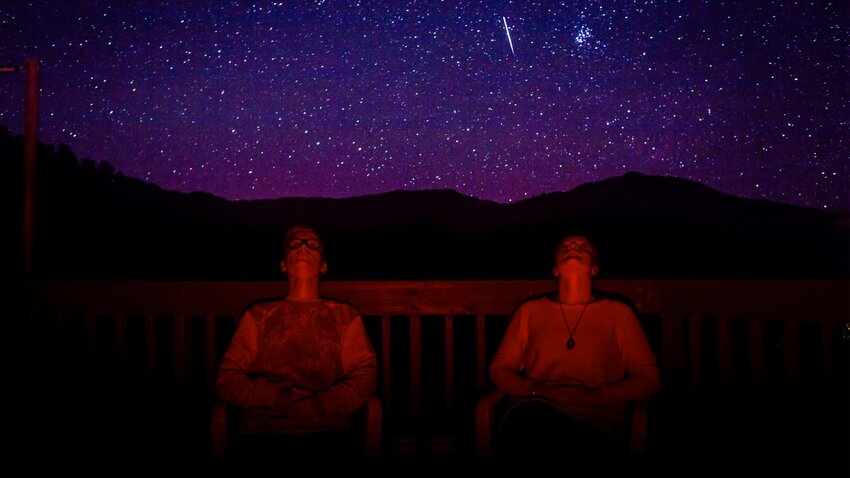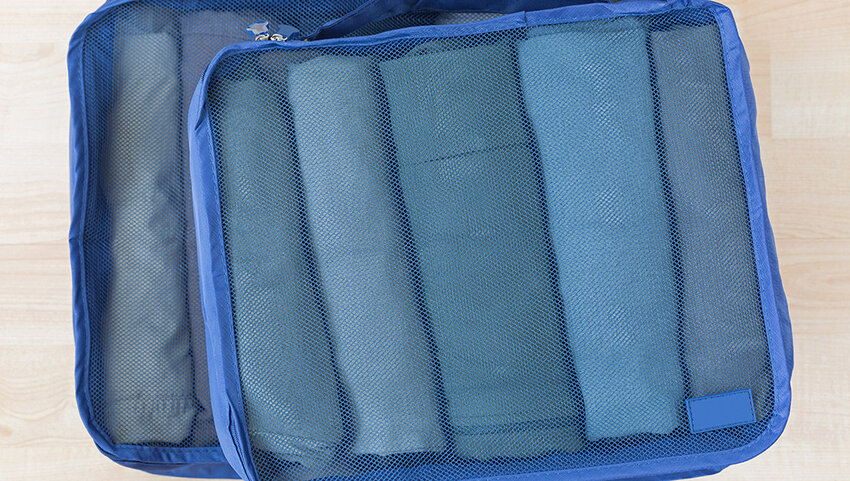Think of the Quadrantids as the x-factor of annual meteor showers. Despite having the potential to be the year's most luminous celestial event, it also has the misfortune of occurring in early January and only having a six-hour-long peak. Poor weather conditions have a habit of making this shower unpredictable, but hope springs eternal — especially since the Quadrantids ring in the New Year and there’s nothing like a stunning meteor shower to officially put 2020 in the rearview mirror.
When and Where

Though it technically begins on December 27 and lasts until January 10, there are really two nights you'll want to focus on here: January 2 and 3, when the moon will be 84% full and the Quadrantids will be at their peak. As many as 50-100 meteors can be visible in the dark sky, but that number — 84% — means that the light emanating from the waning gibbous moon may drown many of them out. Even so, your best bet will be between 2 AM and dawn on January 3.
Stargazers and astronomers have known about the Quadrantids since at least 1879, when Connecticut's Edward C. Herrick and the Brussels Observatory's Adolphe Quetelet both noted that the shower was radiating from Quadrans Muralis — a constellation that no longer exists. That's because the International Astronomical Union made a list of 88 modern constellations in 1922 and said list did not include it. (And you thought Pluto got a raw deal.)
Past and Present

The Quadrantids name stuck, however, with the Boötes constellation now being agreed upon as the shower's radiant point; some even use the name Bootids for the shower instead of the old moniker. Boötes is very far north in the sky, which is to say that those in the Southern Hemisphere are unlikely to catch a glimpse of the Quadrantids.
A radiant point is only a visual cue, however — another way of saying where celestial events like this appear to come from. Just as important is the comet or asteroid they actually originate from, which are called parent objects. The Quadrantids’ was tentatively identified as the asteroid 2003 EH1 by astronomer Peter Jenniskens in 2003; if that's true, the shower is rare insofar as it comes not from a comet covered in ice, but from a rocky body.
How-To

If the bad news is that bright moonlight could make the Quadrantids difficult to see in all their glory, the good news is that you don’t need any special equipment to try (though there are a few things that’ll make your experience more enjoyable). All that's required is patience, warm clothes, and a good spot as far away from light pollution as you can get. Remember to lie down and look straight up for the best view — you never know what you'll get lucky and see.





